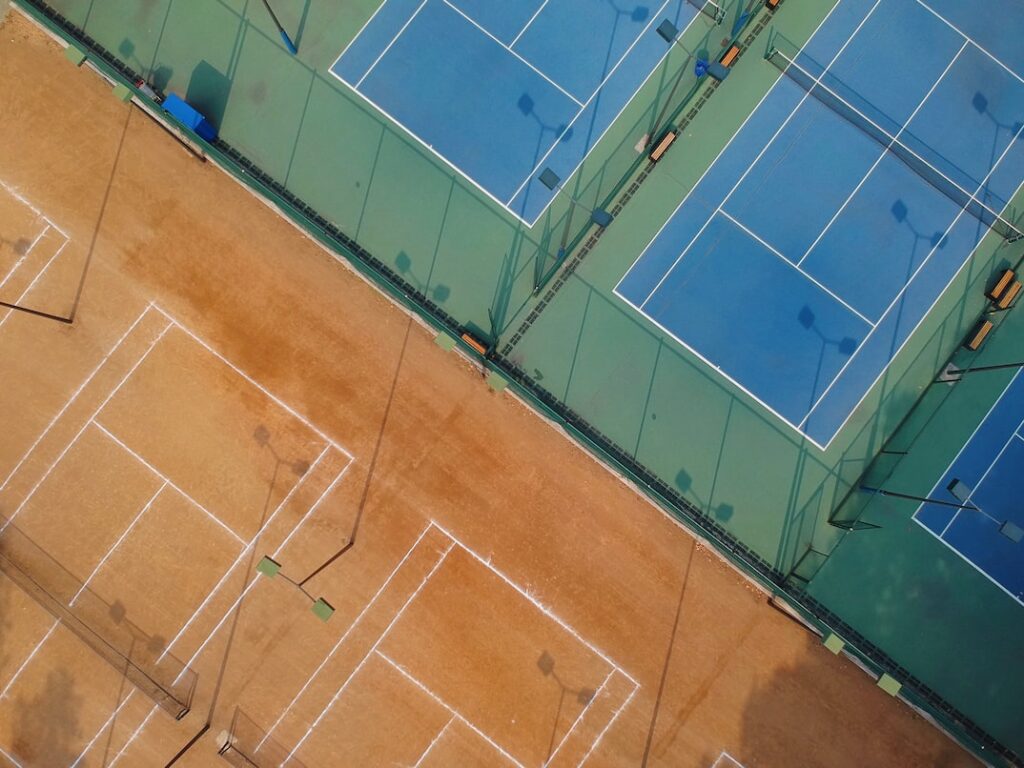Understanding the Basic Padel Rules: A Beginner’s Guide
3 min read
Understanding the Basic Padel Rules: A Beginner’s Guide
Welcome to the exciting world of padel! If you’re new to the sport, it’s essential to get familiar with the basic rules to fully enjoy the game. Padel, a unique blend of tennis and squash, is rapidly gaining popularity worldwide. While it may seem intimidating at first, fear not! In this beginner’s guide, we’ll break down the padel rules for you and have you feeling like a pro in no time.
Serving Up Some Fun: Getting Started with Padel
Before we dive into the specifics, let’s start with the most crucial aspect of the game – the serve. Just like in tennis, the serve in padel is fundamental. The server stands behind the baseline, underhand serves the ball diagonally to the opponent’s service box. The ball must bounce within the server’s service box before crossing over to the opponent’s side. It may seem tricky initially, but with a bit of practice, it becomes second nature.
Keep It in Bounds: Court Dimensions and Scoring
Once the serve is underway, let’s explore the court and scoring system. A padel court is 20 meters long and 10 meters wide, divided equally by a net. Four players participate in a game: two on each team standing on opposite sides of the net. The objective is to prevent the ball from touching the ground within your own court while trying to make it touch the ground within your opponent’s court.
Just like in tennis, padel follows a straightforward scoring system. The game is played best out of three sets, and each set is composed of games. To win a game, you must score four points and have at least a two-point advantage over your opponent. The scoring sequence goes as follows: 0, 15, 30, 40, game. If the game reaches a 40-40 tie, it’s called a deuce. In a deuce, the next player to score two consecutive points wins the game.
Double Trouble: The Bouncing Ball Rule and Play Tactics
An interesting rule in padel is that the ball must bounce once on the ground before players can hit it off the walls. This provision makes the game highly strategic, as players need to anticipate and position themselves correctly to make an effective shot. Additionally, the ball can only bounce once on the ground before being returned, and players must not touch the net or step inside the opponent’s court during play.
When it comes to tactics, teamwork is key in padel. Communication between teammates is essential in determining who will make the shot and when to switch sides during a rally. Additionally, being aware of your opponent’s weaknesses and exploiting them can give you a significant advantage.
The Etiquette Game: Padel Sportsmanship
As with any sport, padel has its own set of unwritten rules that players should follow. Good sportsmanship is highly valued in the padel community. Respect your opponents, shake hands before and after each match, and always play fair. Remember, padel is not just about winning but also about enjoying the game and building lasting friendships.
Conclusion
So there you have it, a beginner’s guide to understanding the basic padel rules. Now that you have a solid grasp on the fundamentals, go out and test your skills on the court. Remember to keep practicing, stay positive, and have a blast while playing! Whether you’re a seasoned athlete or just starting your padel journey, the rules are the same, and the game is full of excitement. Get out there, make some fantastic shots, and show off your newfound padel skills!






